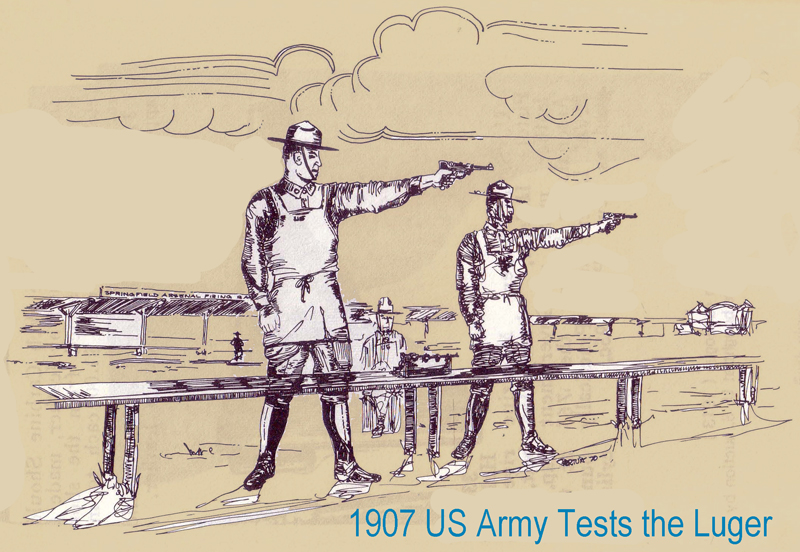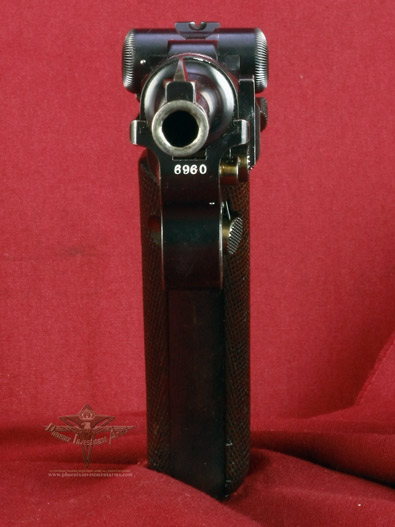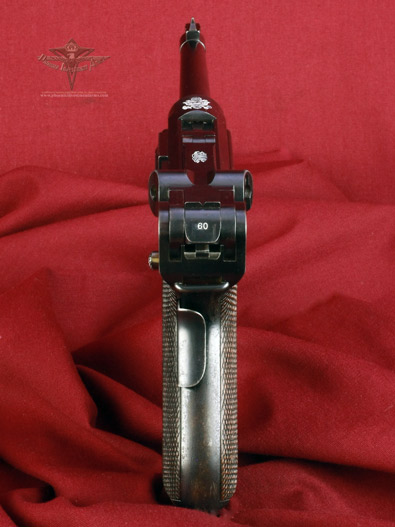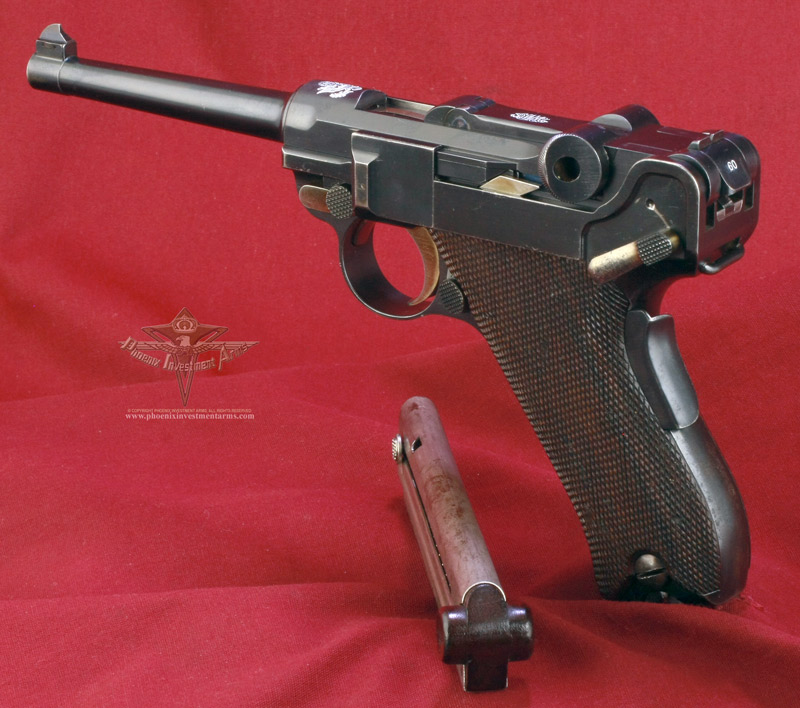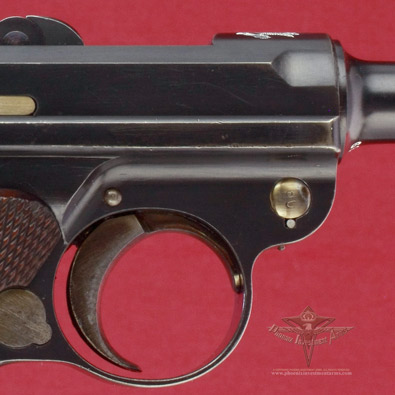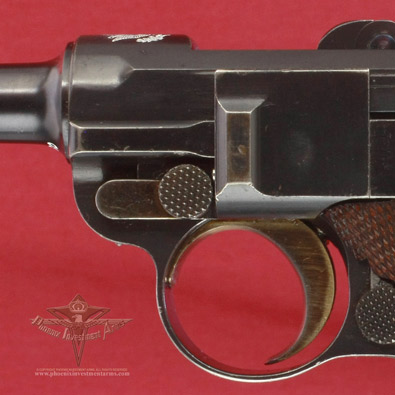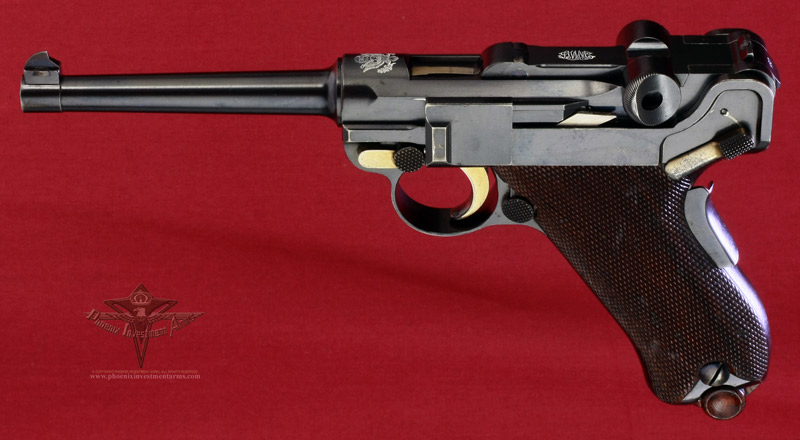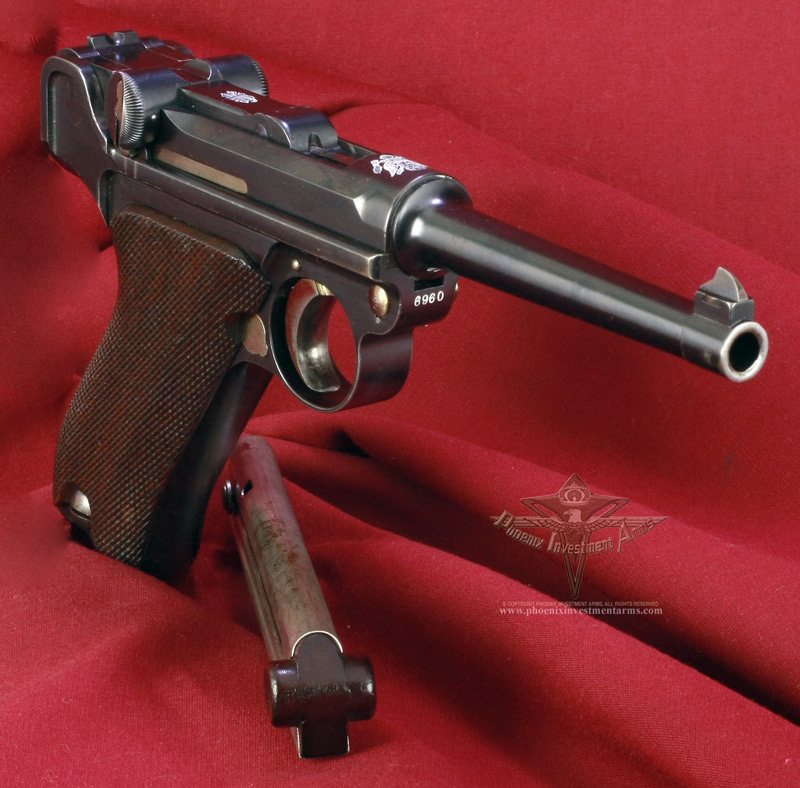1900 American Eagle Test Luger PENDING
PHOENIX INVESTMENT ARMS -
PREMIUM COLLECTOR LUGERS
Genuine German
Luger - Largest Variety of Lugers Offered
Home | Post WWI DWM | Erfurt Lugers | Mauser | Simson Suhl | Krieghoff | Vickers | Swiss Bern | Other Guns
Bottom of Page
|
|
|
This is a 1900 Model, 7.65mm (.30 Cal Luger), the "old model" Parabellum with the transitional frame, a Type II thumb safety that is not marked but is polished with the extractor an old style leaf type. The Luger has all matching serial numbers and a grip squeeze safety. There is an "American Eagle" from the US Great Seal over the Chamber and the DWM (Deutsche Waffen-und Munitionsfabriken AG) on the first toggle link. This Luger has all the characteristics of the American Eagle Test Luger of the US Military Test Guns from the trials conducted in 1901 and fall with in the accepted serial number range with a Serial 6960. (1888) |
|
|
|
NOTE: Photographs taken today with the high mega-pixel camera show more than we sometimes can see with the human eye. Magnified close-ups show us tool marks and natural surface conditions that one normally doesn't see in the ordinary handling of the weapon. Photographs are copyrighted, all rights reserved, any extraction, reproduction or display of gun pictures without the express consent of the Phoenix Investment Arms is strictly prohibited. Thank you for your cooperation. Please visit Legal (tabbed) for Conditions of Sale. |

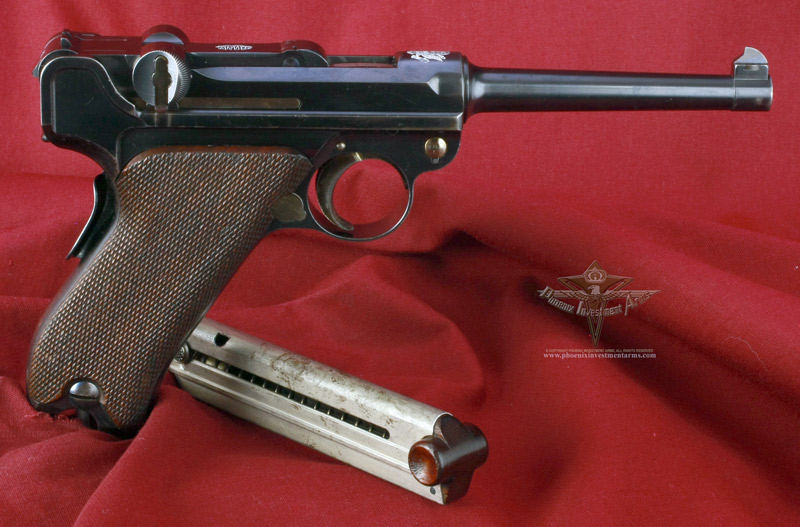
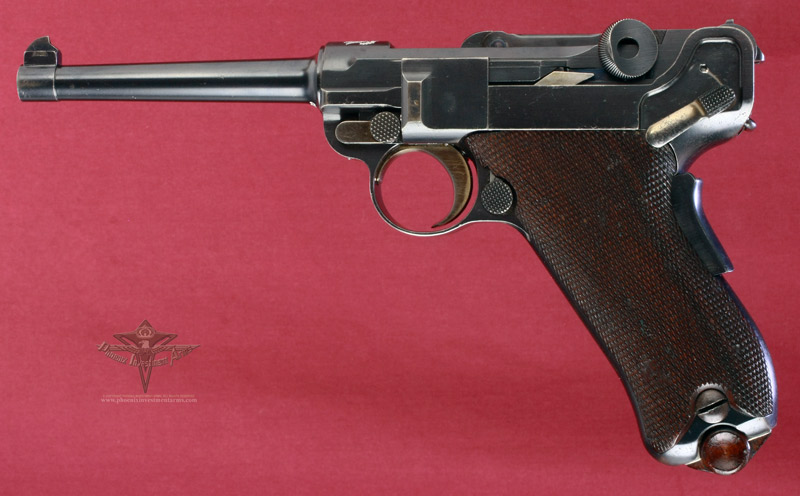
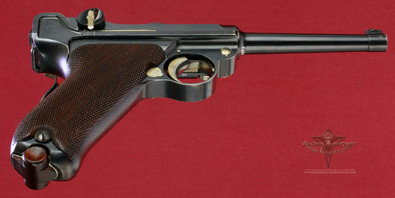
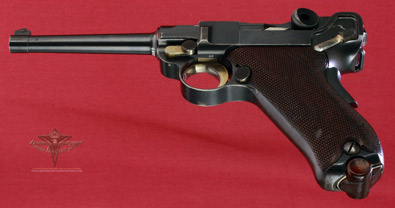

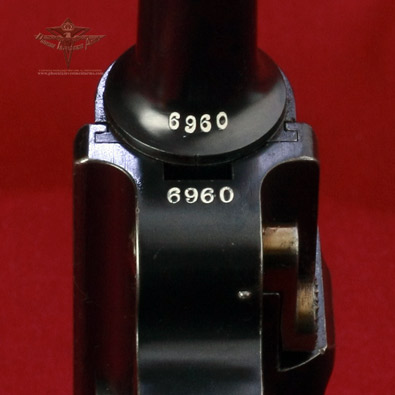
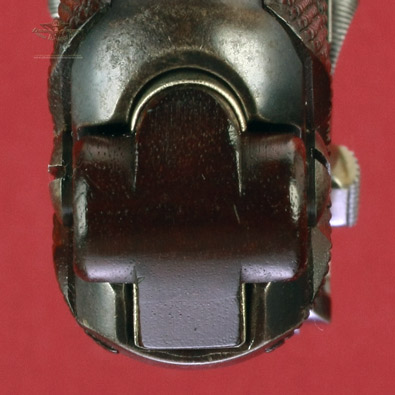
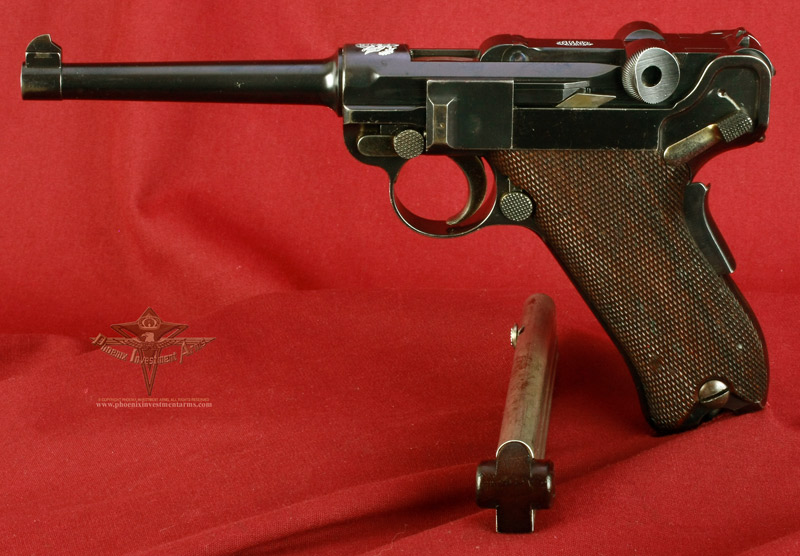
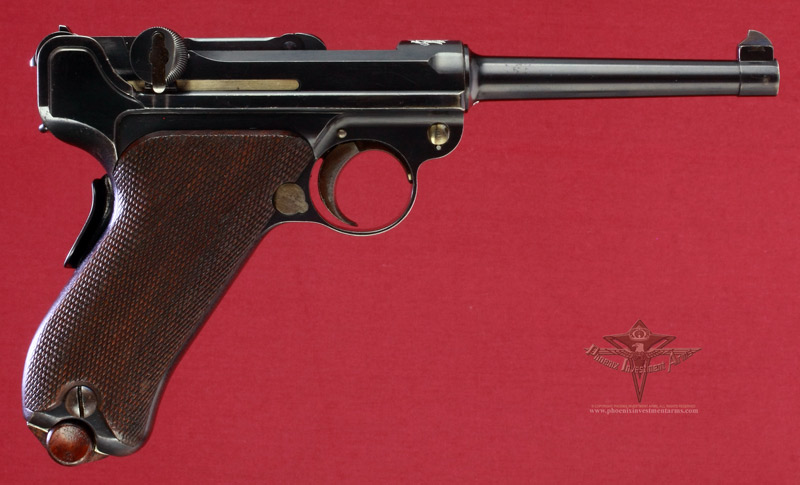
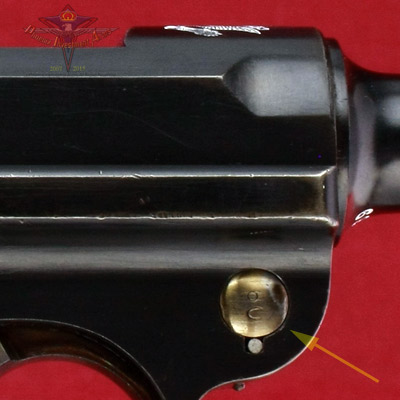
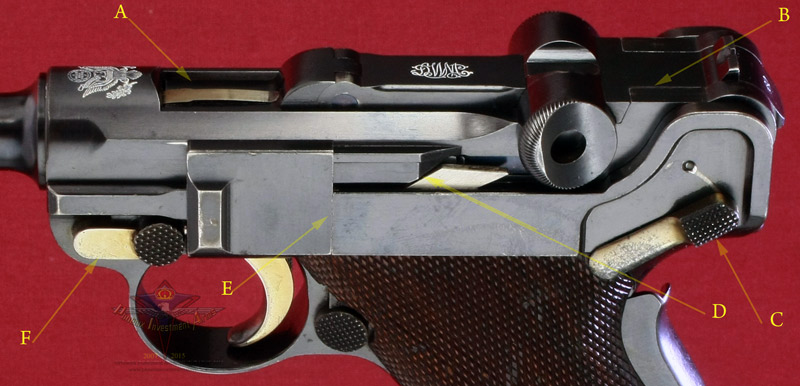
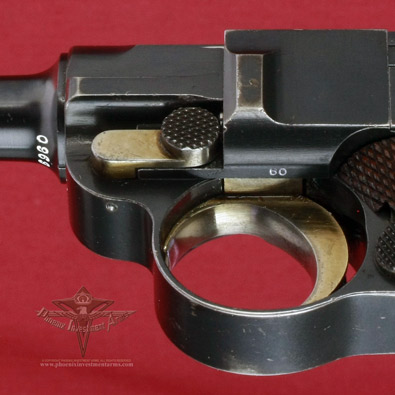
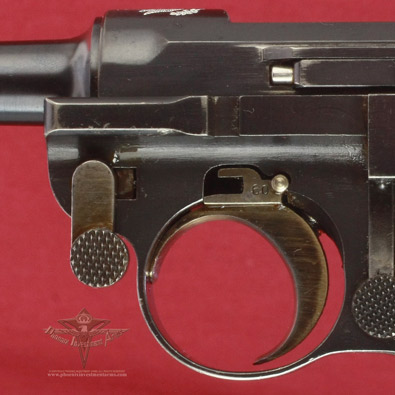
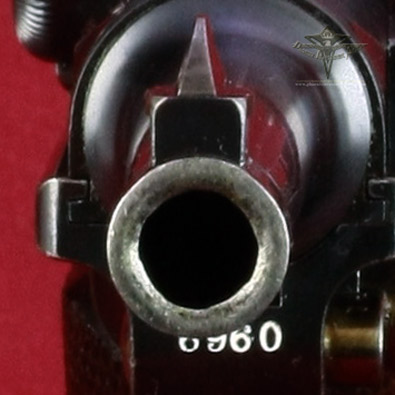
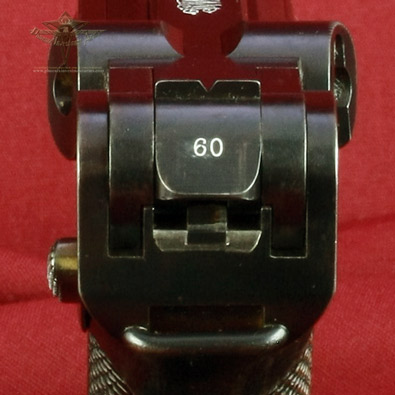

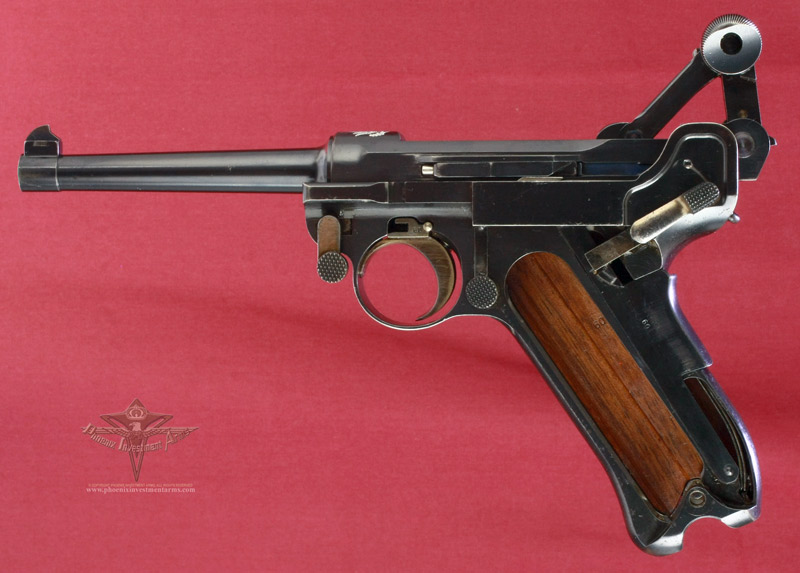

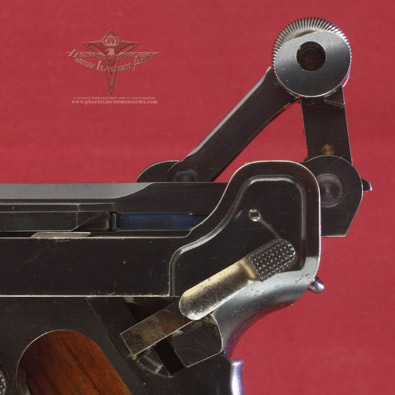

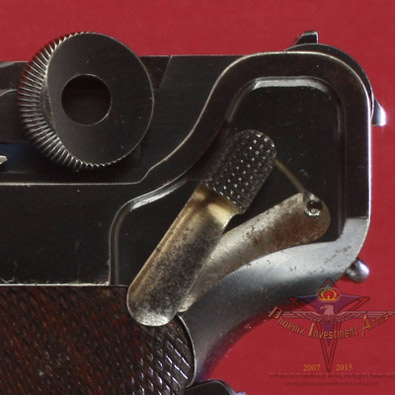
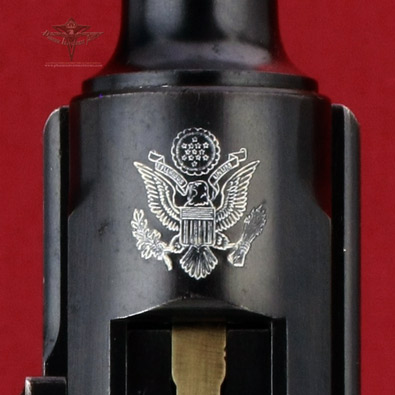
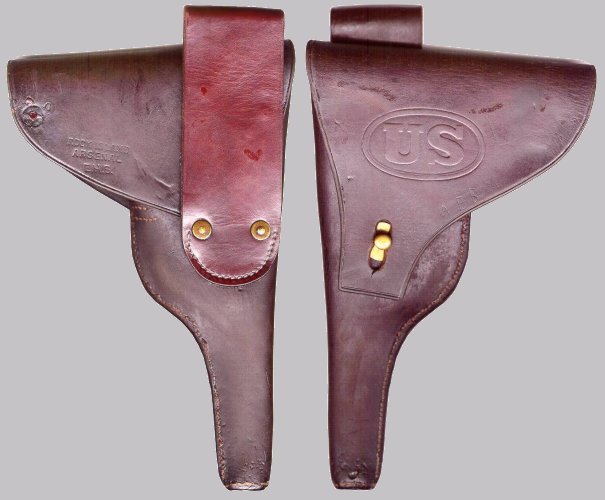 In
December 1901 the US Army ordered Rock Island Arsenal to produce a
holster and rig for the distribution of the Test Guns to the various
military units. During the US Government
testing in 1901/02 of the 1900 Parabellum the American Eagle was employed as a sales tool and when
the second test began in 1907 with the order for another 1000 pistols from DWM and
1000 holsters from the Rock Island Arsenal they all had the American Eagle.
The acceptance by first the Swiss and then the Americans for their
national symbol on the gun highlights the "contract gun series"
In
December 1901 the US Army ordered Rock Island Arsenal to produce a
holster and rig for the distribution of the Test Guns to the various
military units. During the US Government
testing in 1901/02 of the 1900 Parabellum the American Eagle was employed as a sales tool and when
the second test began in 1907 with the order for another 1000 pistols from DWM and
1000 holsters from the Rock Island Arsenal they all had the American Eagle.
The acceptance by first the Swiss and then the Americans for their
national symbol on the gun highlights the "contract gun series"